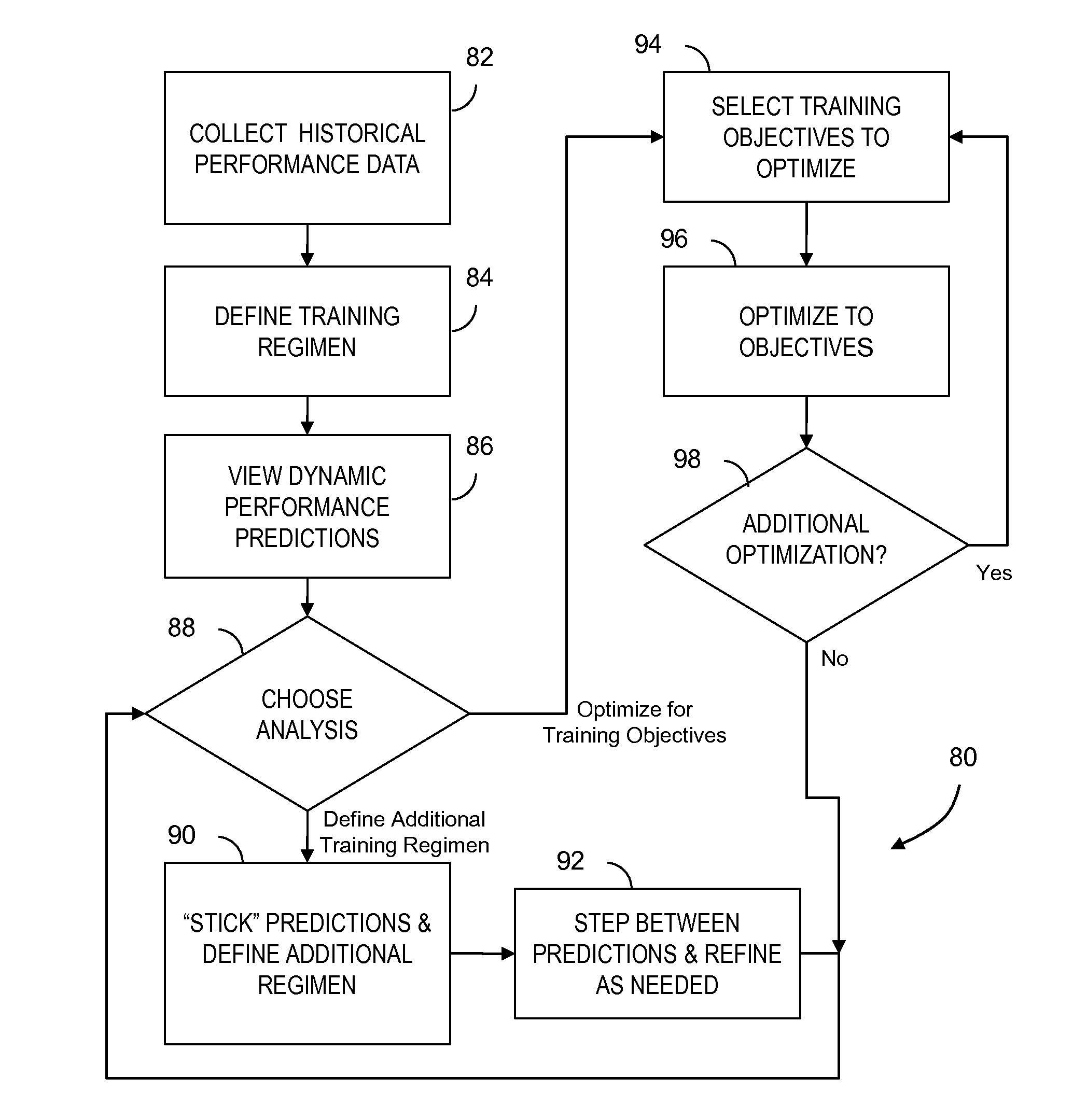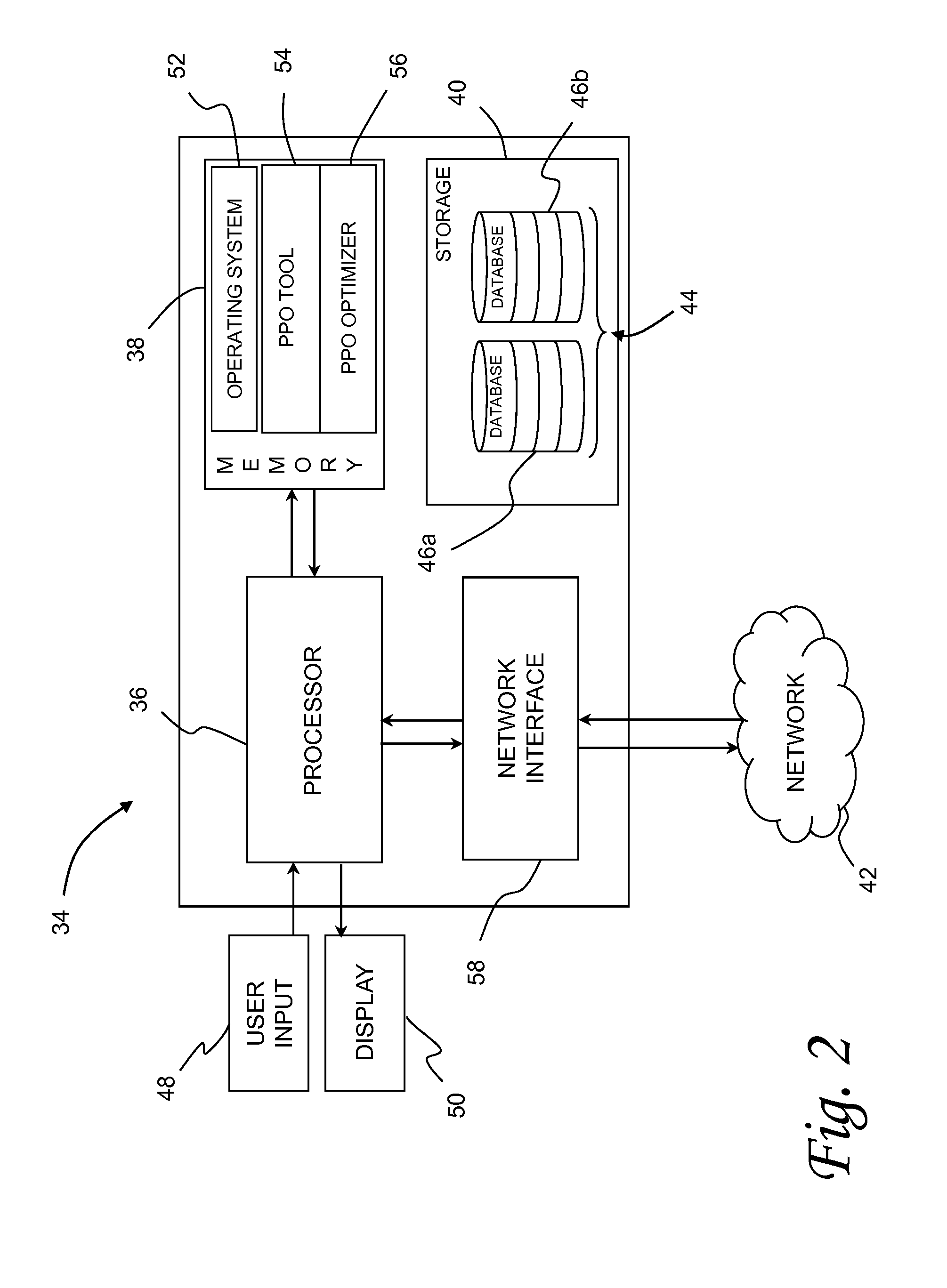Predictive Performance Optimizer
- Summary
- Abstract
- Description
- Claims
- Application Information
AI Technical Summary
Benefits of technology
Problems solved by technology
Method used
Image
Examples
Embodiment Construction
[0037]Embodiments of the invention address the need in the art by providing several important advantages over the contemporary spreadsheet modeling method, and bringing new innovations to existing software tools currently on the market. In some embodiments, the likelihood of human error associated with hand-crafted modeling may be reduced. In these embodiments the modeling development and validation process times may be greatly reduced, as results are computed immediately, dynamically, and in an automated fashion. In some embodiments predictions for out-of-sample notional data may be rapidly entered into a graphical user interface, so that from a model development standpoint, cognitive plausibility and adherences to cognitive theory may be thoroughly and quickly examined and explored. Some embodiments provide immediate and dynamic graphical visualizations of the model predictions and allow multiple regimen performance pathways to be presented at the same time. This may assist in gre...
PUM
 Login to View More
Login to View More Abstract
Description
Claims
Application Information
 Login to View More
Login to View More - Generate Ideas
- Intellectual Property
- Life Sciences
- Materials
- Tech Scout
- Unparalleled Data Quality
- Higher Quality Content
- 60% Fewer Hallucinations
Browse by: Latest US Patents, China's latest patents, Technical Efficacy Thesaurus, Application Domain, Technology Topic, Popular Technical Reports.
© 2025 PatSnap. All rights reserved.Legal|Privacy policy|Modern Slavery Act Transparency Statement|Sitemap|About US| Contact US: help@patsnap.com



